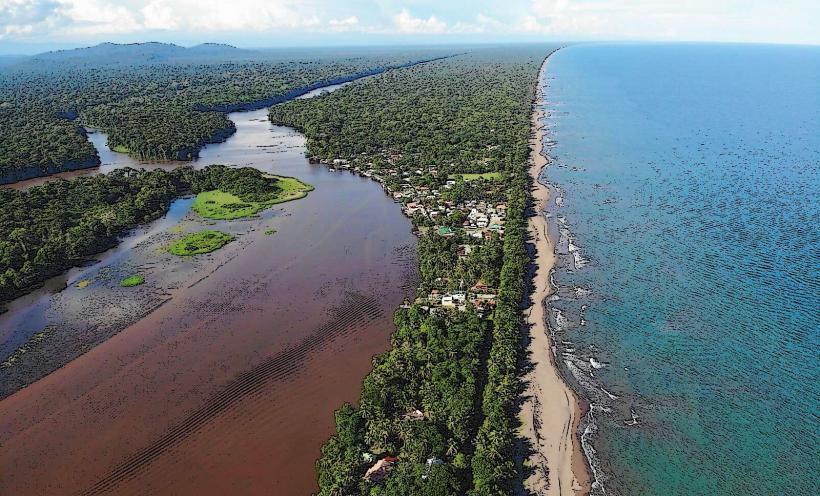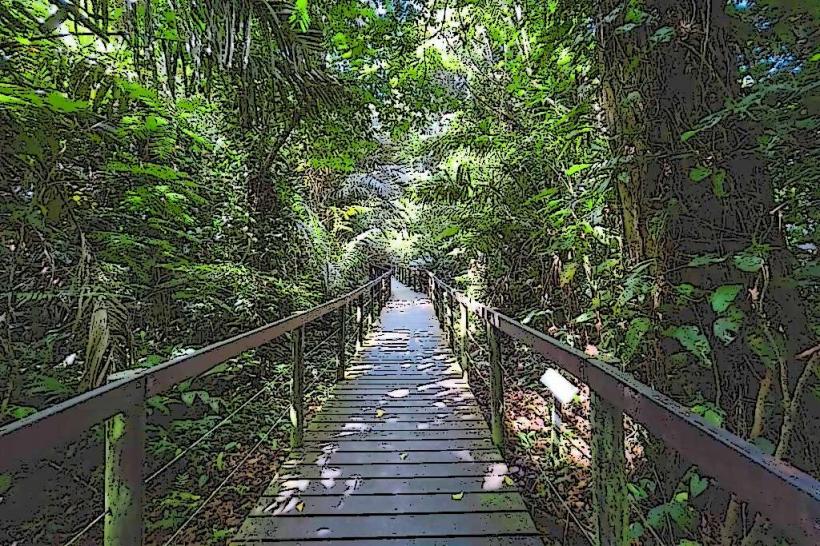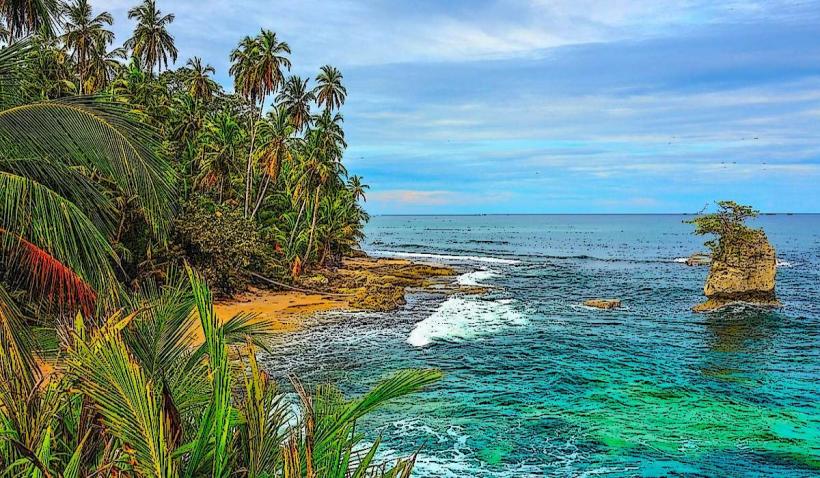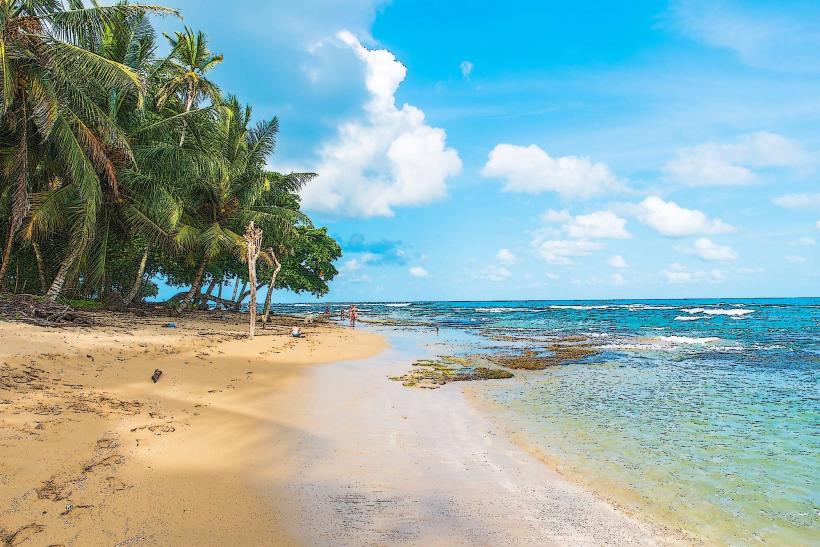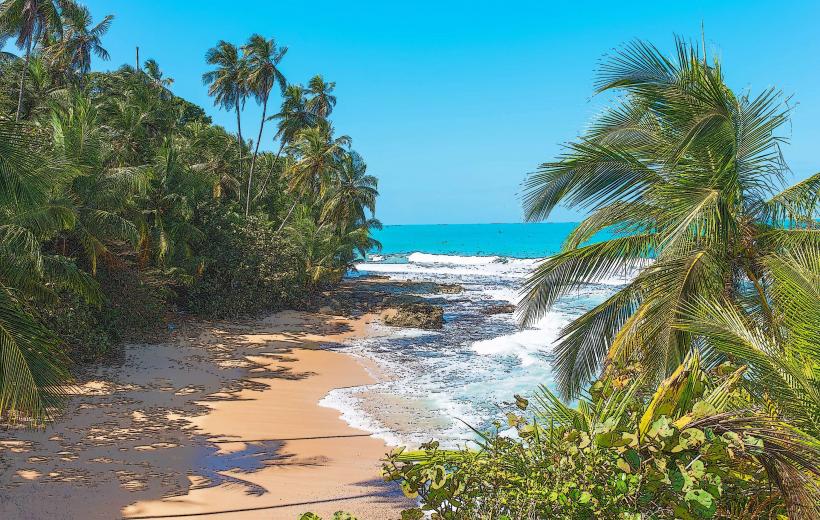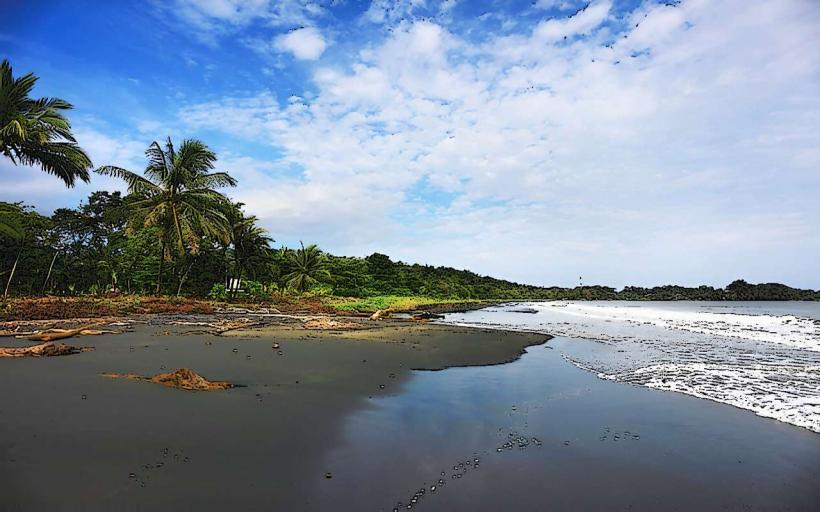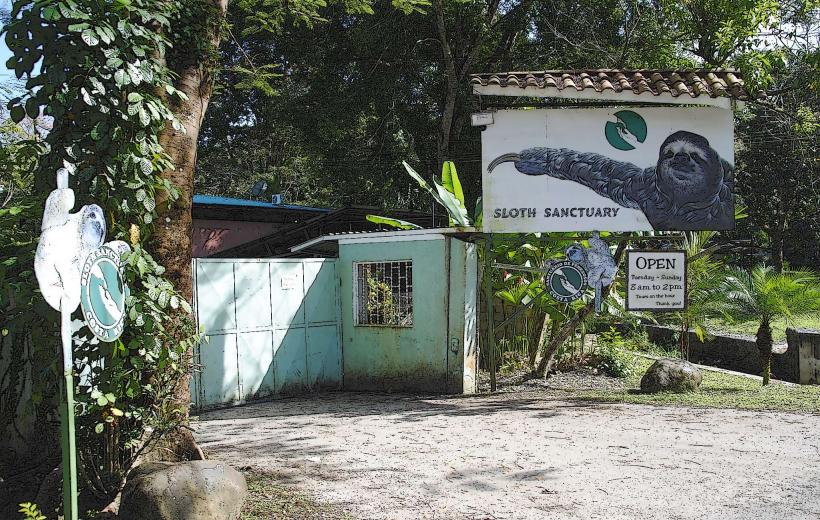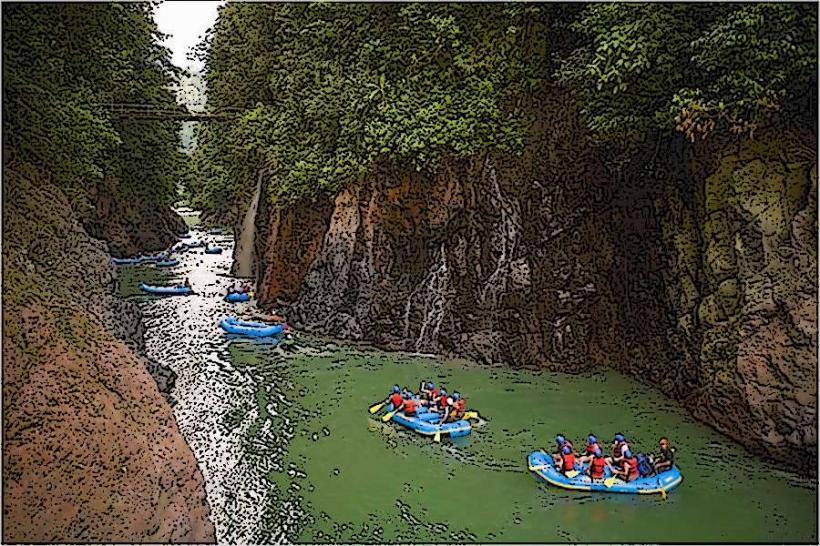Information
Landmark: Bribri Indigenous ReserveCity: Limon
Country: Costa Rica
Continent: North America
The Bribri Indigenous Reserve is a fascinating cultural and natural destination located in the Talamanca region of Costa Rica, primarily inhabited by the Bribri people, one of the country’s most prominent Indigenous groups. The reserve offers visitors a unique opportunity to explore Indigenous culture, traditional lifestyles, and the rainforest environment that the Bribri have called home for centuries. The area is also a part of Costa Rica's rich biodiversity and is recognized for its pristine natural beauty, including lush rainforests and diverse wildlife.
Overview
- Location: The Bribri Indigenous Reserve is situated in the Talamanca mountains, on the Caribbean side of Costa Rica, near the town of Puerto Viejo de Talamanca. The reserve covers both Costa Rica and parts of neighboring Panama, and the Bribri people live primarily in the Talamanca and Cahuita regions.
- Significance: The Bribri people are one of the largest Indigenous groups in Costa Rica, with their traditional territory spanning across the Talamanca region, including the Chirripó National Park and parts of the La Amistad International Park, which are both UNESCO World Heritage sites. The Bribri have maintained a deep connection to their ancestral lands and culture.
- Language: The Bribri speak the Bribri language, a Chibchan language, though Spanish is widely spoken as well.
Cultural and Ecotourism Experience
Bribri Community and Culture:
- Visiting the Bribri Indigenous Reserve provides an opportunity to immerse in the unique culture of this Indigenous group. The Bribri people have a rich heritage, with traditions rooted in their deep respect for nature and their sustainable ways of life. Visitors can learn about the Bribri’s history, spiritual beliefs, and traditional practices.
- Visitors are often guided by Bribri members who share stories, music, and dances that reflect their Indigenous heritage. They can learn about the community’s agricultural practices, like growing cacao, bananas, and cassava (yuca), as well as the pre-Columbian customs that have been passed down for generations.
- The Bribri people are known for their craftsmanship, including weaving traditional baskets, clothing, and machetes from local materials. Visitors can purchase hand-made items as a way to support the community.
Traditional Bribri Villages:
- There are several Bribri villages in the reserve that tourists can visit. Many of these villages are located deep in the rainforest and accessible only by foot or horseback.
- Visitors will have the opportunity to see how the Bribri people live in harmony with nature, using traditional thatched-roof huts made from palm leaves and wooden poles. The villages also feature open-air spaces for communal gatherings and ceremonies.
- In these villages, you may also be invited to share a traditional meal, where food is often prepared using locally sourced ingredients such as plantains, cassava, and fresh fish. The Bribri’s knowledge of sustainable farming, hunting, and fishing is an essential part of their culture.
Cacao Tours:
- One of the highlights of visiting the Bribri Indigenous Reserve is the cacao tour. The Bribri have a long-standing tradition of cultivating cacao (the raw material for chocolate), which is integral to their cultural and economic life.
- The cacao tour allows visitors to see how the Bribri harvest and process cacao, from tree to table. The tour usually includes a walk through the cacao plantations, where guides explain the cultivation process, followed by a demonstration of how the beans are fermented, dried, and roasted.
- Many cacao tours end with a tasting of traditional Bribri chocolate, which is often prepared using ancient methods, giving visitors a taste of authentic chocolate as it was originally made.
Wildlife and Nature:
- The Bribri Indigenous Reserve is located within a region of incredible natural beauty, encompassing tropical rainforests, mountain ranges, and river valleys. The area is part of the Talamanca mountain range, which is home to a variety of flora and fauna.
- Wildlife enthusiasts can explore the dense jungle and spot a wide variety of animals, including monkeys, toucans, sloths, and coatis, as well as various species of frogs and butterflies.
- The nearby La Amistad International Park and Chirripó National Park, both UNESCO World Heritage sites, provide excellent hiking opportunities and are known for their diverse ecosystems, including highland forests and cloud forests. These parks also offer trails that pass through traditional Bribri lands.
Waterfalls and Rivers:
- The area surrounding the Bribri Indigenous Reserve is also home to beautiful waterfalls and rivers, perfect for those who enjoy outdoor adventures. The Cano Island and Cahuita National Park are nearby, and excursions often include visits to stunning cascading waterfalls, swimming spots, and natural pools.
- The Telire River, which flows through the Bribri community, is a popular spot for river tours, where visitors can enjoy canoe rides and explore the lush surroundings. The river is an essential resource for the Bribri, providing water and a means for transportation.
Sustainability and Conservation
The Bribri people have been stewards of the land for centuries, and their traditional knowledge of sustainable living is an essential part of their identity. The reserve plays an important role in conservation, as the Bribri people continue to protect their ancestral lands from deforestation and environmental degradation.
The Bribri’s relationship with nature is based on a philosophy of mutual respect, where they believe the earth is a living being, and they are caretakers of its resources. This respect for the land has allowed the Bribri to maintain a sustainable lifestyle that continues to support both the community and the surrounding environment.
Many eco-tourism initiatives in the Bribri Reserve focus on preserving the forest, supporting local farmers, and teaching visitors about the significance of conservation in Indigenous cultures.
Visiting the Bribri Indigenous Reserve
- Access: The reserve can be reached from Puerto Viejo, with transportation options including private shuttles, local buses, or organized tours that guide visitors directly to the reserve and Bribri villages.
- Tours: There are various tour operators offering guided tours to the Bribri Indigenous Reserve. These tours typically include visits to local Bribri communities, cultural experiences, cacao tours, wildlife watching, and hikes in the surrounding rainforest. Tours can be arranged through eco-lodges in the area or specialized Indigenous tour companies.
- Best Time to Visit: The best time to visit is during the dry season from December to April, as the weather is more predictable, and the trails are more accessible. However, the rainy season (May to November) brings lush landscapes and fewer crowds, although rain may impact travel in the area.
Conclusion
The Bribri Indigenous Reserve offers a truly immersive experience into the culture, history, and natural beauty of one of Costa Rica’s Indigenous groups. Through eco-tourism, visitors not only gain a deeper understanding of the Bribri people’s traditional lifestyles but also contribute to the ongoing efforts to protect the rainforests and wildlife of this culturally and ecologically significant region. Whether you're interested in learning about cacao farming, exploring the rainforest, or connecting with the Bribri community, the reserve provides an unforgettable journey into the heart of Costa Rica’s Caribbean culture and nature.

